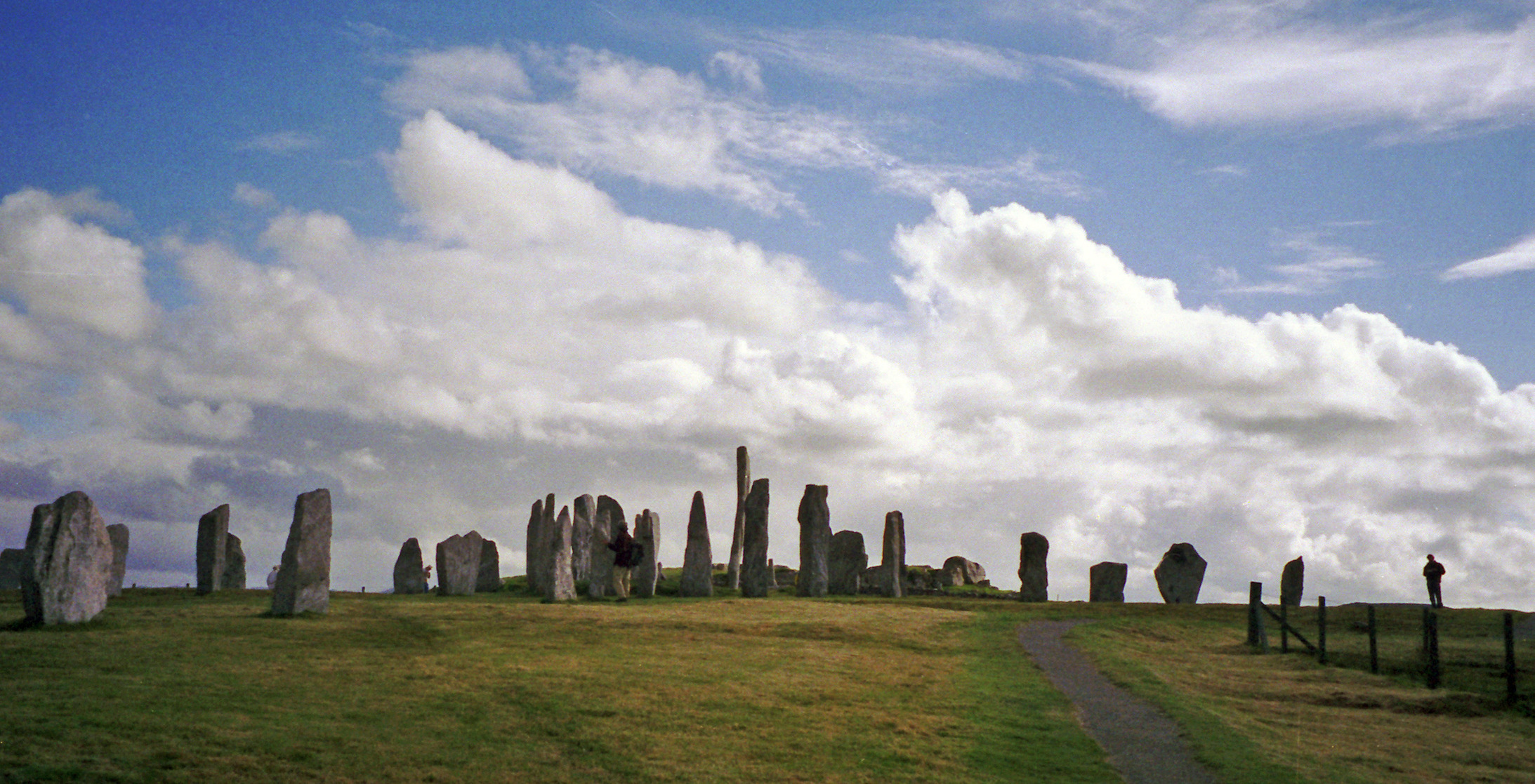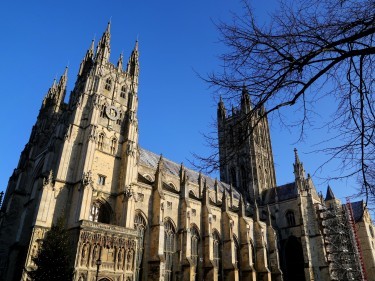As ’Superhenge’ is unearthed, Katie Wright rounds up other magnificent monuments to marvel at, all steeped in history …
It’s been an exciting week for archaeology fans, with reports of the recently-discovered ’Superhenge’, unearthed a few miles from the famous stone circle in Wiltshire.
Dubbed Stonehenge’s ’sibling’, using special radar equipment, archaeologists have mapped out 75 subterranean stones. It’s believed the vast site was decommissioned during a time of religious upheaval, and the stones subsequently buried.
The Stonehenge Hidden Landscapes Project has been instrumental in revealing astonishing new details about this fascinating prehistoric period, but did you know there are already a whole host of fascinatingly mysterious historical sites you can explore all over the UK and Ireland?
From spooky burial mounds to ancient artworks, famous landmarks to remote rarities, visit these mysterious monuments – no digging required.
Stonehenge, Wiltshire
One of the most famous tourist attractions in Britain, this collection of stones dates back to around 3000BC and was estimated to have taken more than 30 million man-hours to erect (but how exactly these huge rocks were put in position in the first place has sparked countless theories over the years). The unearthing of thousands of cremated bones at the site suggests it was originally a burial ground, but there’s also evidence to suggest the stone circle was used for animal sacrifice, while more recently it’s been suggested Stonehenge was a place of healing, or the final destination on a ritual pilgrimage. Of course, there are some more ’out there’ theories too, including that ancient aliens were behind it.
Avebury, Wiltshire
Part of the same UNESCO World Heritage complex as Stonehenge, 25 miles away lies the largest stone circle in England. Like Stonehenge, the discovery of bones suggests the site was used for ritual burial purposes, but it’s also been argued that the Avebury stones relate to gender, because they are either long and thin or short and wide.
Glastonbury Tor, Somerset
Another very famous ancient attraction, the hill topped with St Michael’s tower has been associated with a whole round table’s worth of Arthurian tales. It was believed that the hilltop was once Avalon, the island where King Arthur recovered after a bloody battle, and in 1191, monks at Glastonbury Abbey claimed they had found the graves of Arthur and Queen Guinevere, while in the 1920s, it was suggested the Tor represented Aquarius in a giant, 5,000-year-old zodiac spread across the land.
St Nectan’s Glen, Cornwall
The waterfall and hermitage at St Nectan’s Glen was once venerated by the Celts, but the picturesque landscape is connected to Arthurian legend as well. It’s believed the King and his knights visited the Glen for a blessing, before they began their search for the Holy Grail.
Lios Na Grainsi, Limerick
Meaning ’Fort of the Grange’, Ireland’s largest stone circle is positioned so that at summer solstice, the sun shines directly into the centre. But by night, locals apparently won’t enter, fearing the deathly entities that inhabit the circle after sunset.
Canterbury Cathedral, Kent
It may not have the Neolithic heritage of an ancient stone circle, but stunning Canterbury Cathedral has its own miraculous history. After Thomas Becket was murdered in the Cathedral in 1170, a series of miracles attributed to the canonised Archbishop were reported. The stories – including the curing of diseases and healing of grievous injuries – are depicted in the Cathedral’s stained glass windows.
Sinnoden Hill, Oxfordshire
Legend has it that a valuable treasure chest is buried beneath this hill that was once a Roman Fort, guarded by a raven. It’s said that the treasure was once uncovered by a local villager, but when the man was spooked by a huge raven overhead declaring “he has not been born yet”, he buried the chest again – and it remains undiscovered.
Skara Brae, The Orkneys
While many Neolithic stone structures appear to have been used for ceremonial purposes, the well-preserved settlement at Skara Brae in Scotland was actually inhabited by people and even had its own drainage system. Many artefacts have been found at the site, but one mystery remains – experts still haven’t been able to translate a type of ancient runes discovered there…
Callanish Stones, Outer Hebrides
This cruciform collection of huge stones near the village of Callanish has been the subject of a variety of mysterious stories throughout the years. Traditionally, it was believed the stones were petrified giants who had refused to convert to Christianity. It’s also rumoured that on midsummer morning, an apparition known as the “Shining One” walks between two rows of stones.
Loughcrew Cairns, County Meath
Spread across three hilltops, it’s believed Loughcrew Cairns is primarily a burial ground, scattered with megalithic tombstones. The site also features surfaces carved with ancient art – some of which are illuminated by the sunrise on certain days – but it’s unclear what the artworks mean. Shields, astronomical symbols and even games have all been suggested.

